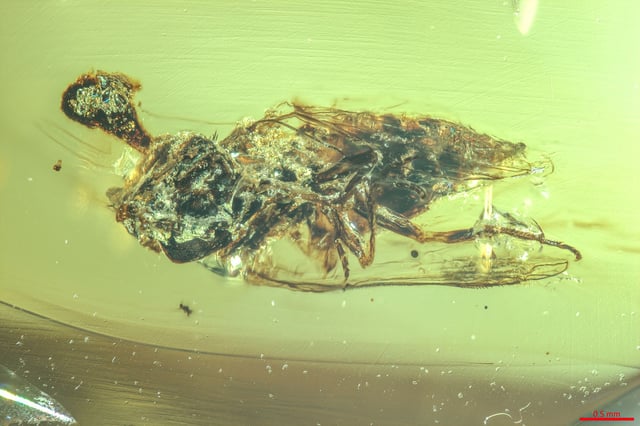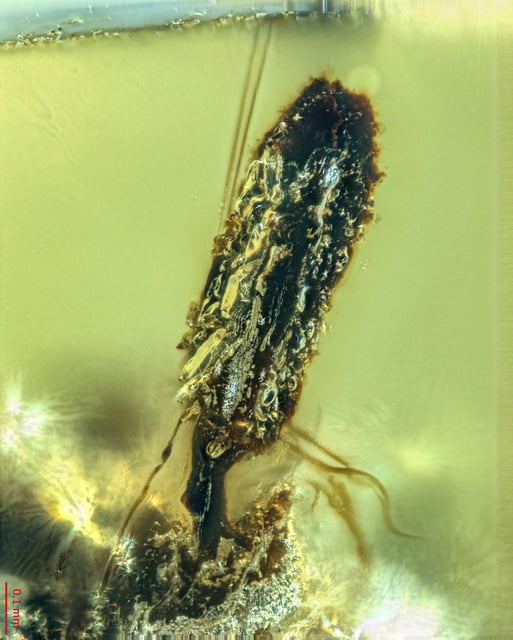Overview
- Paleoophiocordyceps gerontoformicae was found infecting an ant pupa and Paleoophiocordyceps ironomyiae was identified on a fly within 99-million-year-old Burmese amber.
- Micro-computed tomography and optical microscopy revealed fungal fruiting bodies and spores identical to modern Ophiocordyceps structures emerging from the ancient insects.
- These fossils extend the record of entomopathogenic fungi infecting insects to nearly 100 million years, roughly doubling the previously known fossil history.
- Infections in both ants and flies indicate a broad host range that may have helped regulate insect populations during the mid-Cretaceous period.
- Researchers confirmed the specimens were acquired before 2017 and had no links to Myanmar’s conflicts, addressing ethical concerns over amber provenance.


